Learn more about women's health through the ancient lens of Traditional Chinese Medicine (TCM). An introduction to the long clinical history of gynecology and obstetrics in TCM.
Hello Hivers and health interested people! Today, I would like to briefly introduce the historical highlights of Traditional Chinese Medicine and their pioneering work in the field of obstetrics & gynecology. This will act as a jump point for future articles on women's health.
Introduction to Women's Health and Traditional Chinese Medicine
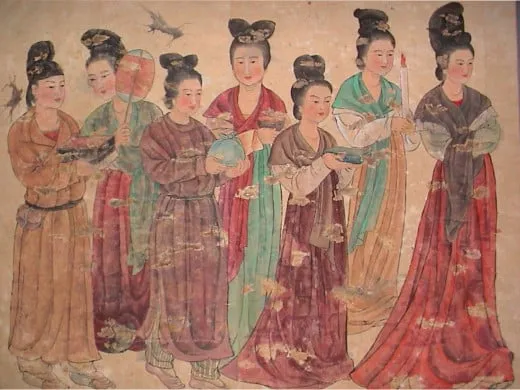
Tang Dynasty mural from Xian, China.
Source: image by freeimageslive.co.uk - Rodrigo
Introduction
Few people know the long and extensive history of Traditional Chinese medicine (TCM), and are even more surprised to find out that this ancient history also includes the specialized area of gynecology and obstetrics, which predates any notion of this in Western medicine by more than a thousand years.
To highlight this amazing accomplishment, that is too often unrecognized, we will begin with a short introduction about women’s health through the lens of TCM.
Shang dynasty (1600-1046 B.C.E.)
Tortoise shell bones, also referred to as oracle bones have been found at a number of sites from this period. Inscribed on these tortoise shells are divinations describing pregnancies, gestation times, baby’s gender and ease or difficulty of childbirth. Even though the majority of these artifacts were more like future predictions for the mother to be and her offspring, this was where obstetrics begins for TCM.
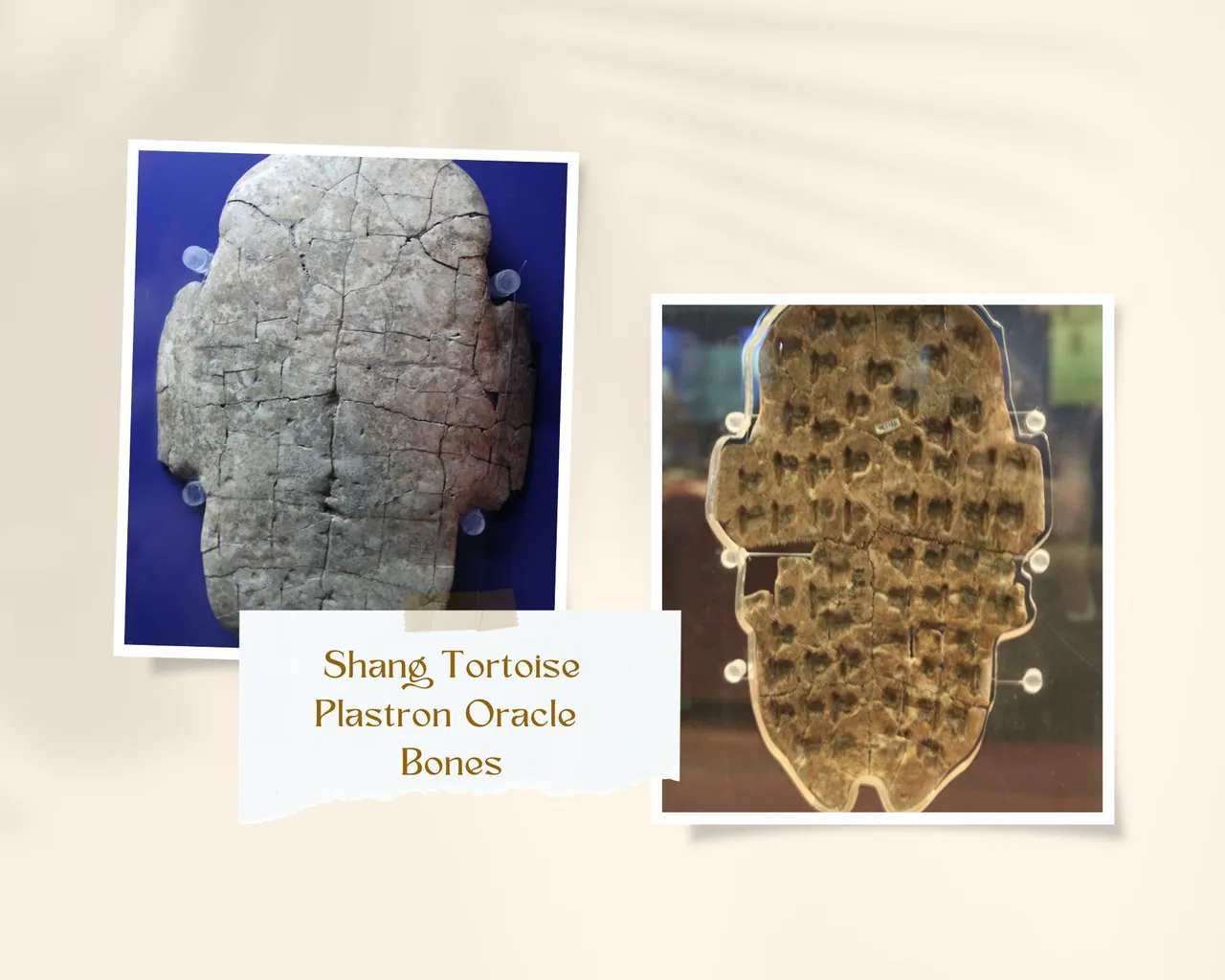
Shang tortoise plastron oracle bones.
Source: Gary Todd from Xinzheng, China, CC0, via Wikimedia Commons
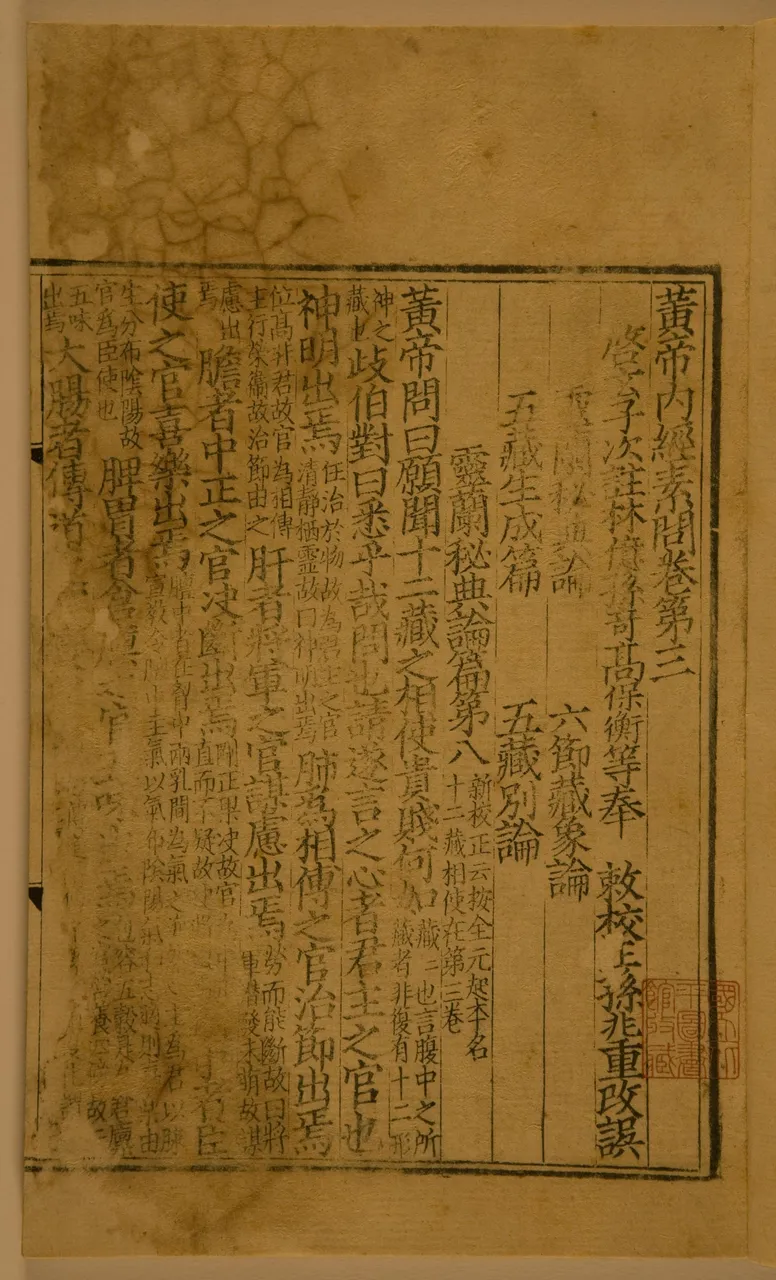
A page from the Inner Classic of the Yellow Emperor.
Source: World Digital Library under CC 1.0
Eastern Zhou dynasty (771-256 B.C.E.)
During this period, one of the most important classics of TCM, the Yellow Emperor's Classic of Medicine (Neijiing), was allegedly, compiled by the semi-mythical emperor named Huang Di. This book has two parts, the Suwen (Questions of Organic and Fundamental Nature) and the Lingshu (Classic of Acupuncture). The Suwen is composed of a question and answer dialogue between Huang Di and his famous physician Qi Bo. On one account, Qi Bo explains the connection between the heart meridian and the uterus and how it relates to menstrual function. He goes on to say that the pathological disruption of heart blood going down to the uterus can result in amenorrhea.
The Classic of Mountains and Seas (Shan Hai Jing (山海経)), consists of 32 ancient essays that were compiled into a single volume. The interesting thing about these essays is that they focused on preventative medicine through tradition and folklore. In one instance, herbs are prescribed for bloody stools in pregnant women and to dry up menorrhagia.
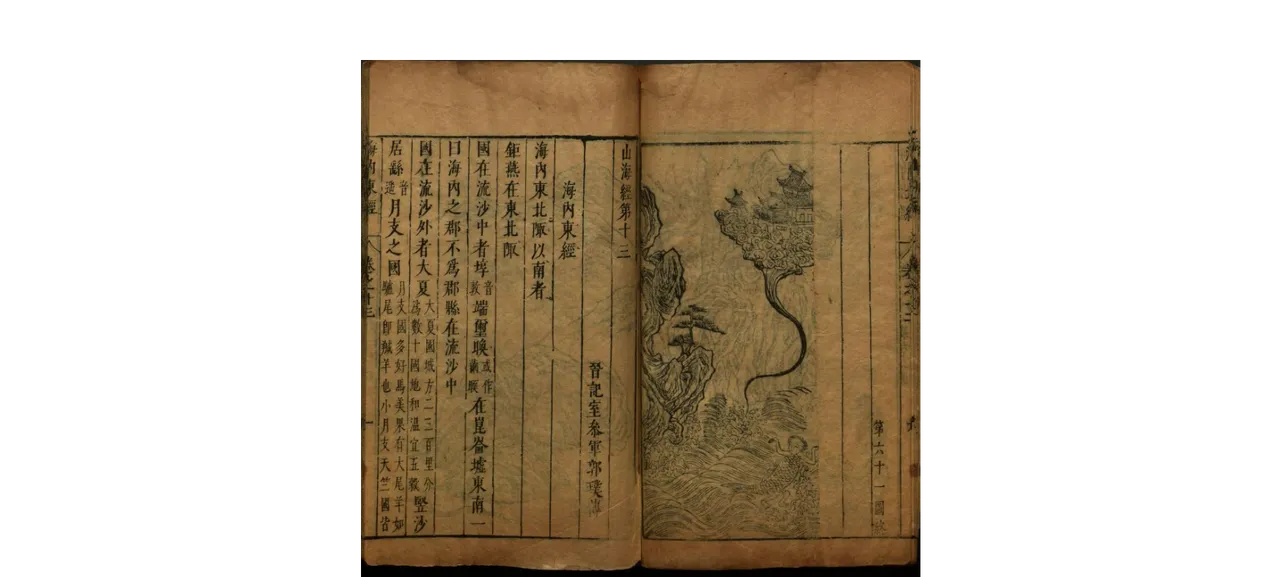
Example of a page from the Shan Hai Jing.
Source: World Digital Library under CC 1.0
Han Dynasty (206 BCE-220 CE)
This was one of the most important time periods in the evolution of TCM. Many medical texts were written during the Han Dynasty, and the quality of these writings were much better than previous ones, due to the higher standards put forth in gathering and validating data & information; further legitimizing TCM as a system of medicine.
One of the physicians that stood out during this period was Zhong-Zhangjing who authored a number of important books, one of which, the Essentials from the Golden Cabinet covered the etiology and progression of disease in the first chapter, and the rest of the book was devoted to the diagnosis and treatment of 60 different diseases. Three of these chapters were dedicated to gynecology and obstetrical diseases.
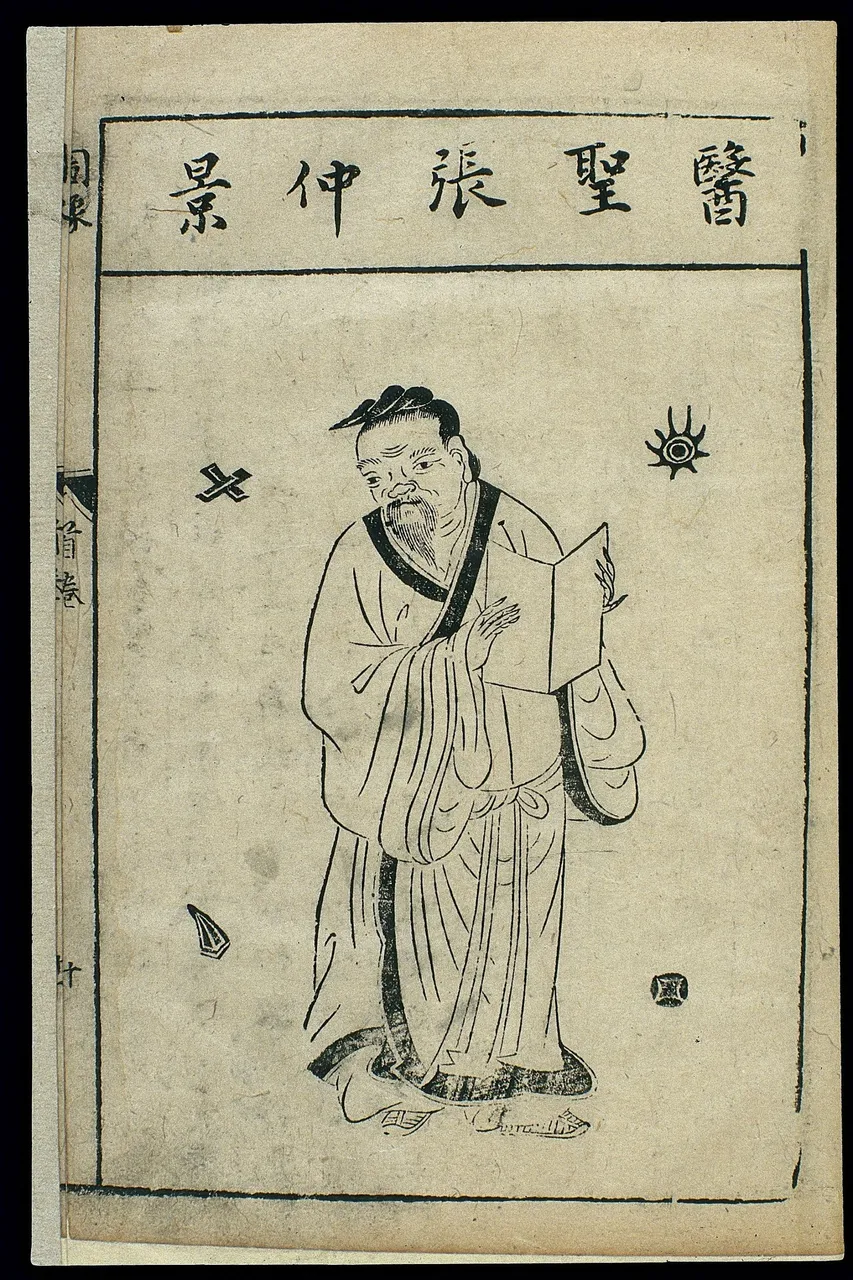
Zhong Zhangjing (150-219 BCE).
Source: Gan Bozong (Tang period, 618-907), CC BY 4.0 , via Wikimedia Commons
Sui & Tang Dynasty (618 – 907 C.E.)
Another early Chinese work on obstetrics is titled, Jingxiao Chanbao (Teste Treasure in Obstetrics), and was written by Zan Yin. Zan Yin finished compiling this 3 volume collection between 847 and 852 C.E. The Chanbao, as it is sometimes referred to, was an impressive monographic collection of the clinical experiences and research of doctors who practiced prior to the Tang dynasty (618–907 C.E.); as well as, the inclusion of Yin’s own clinical experience.
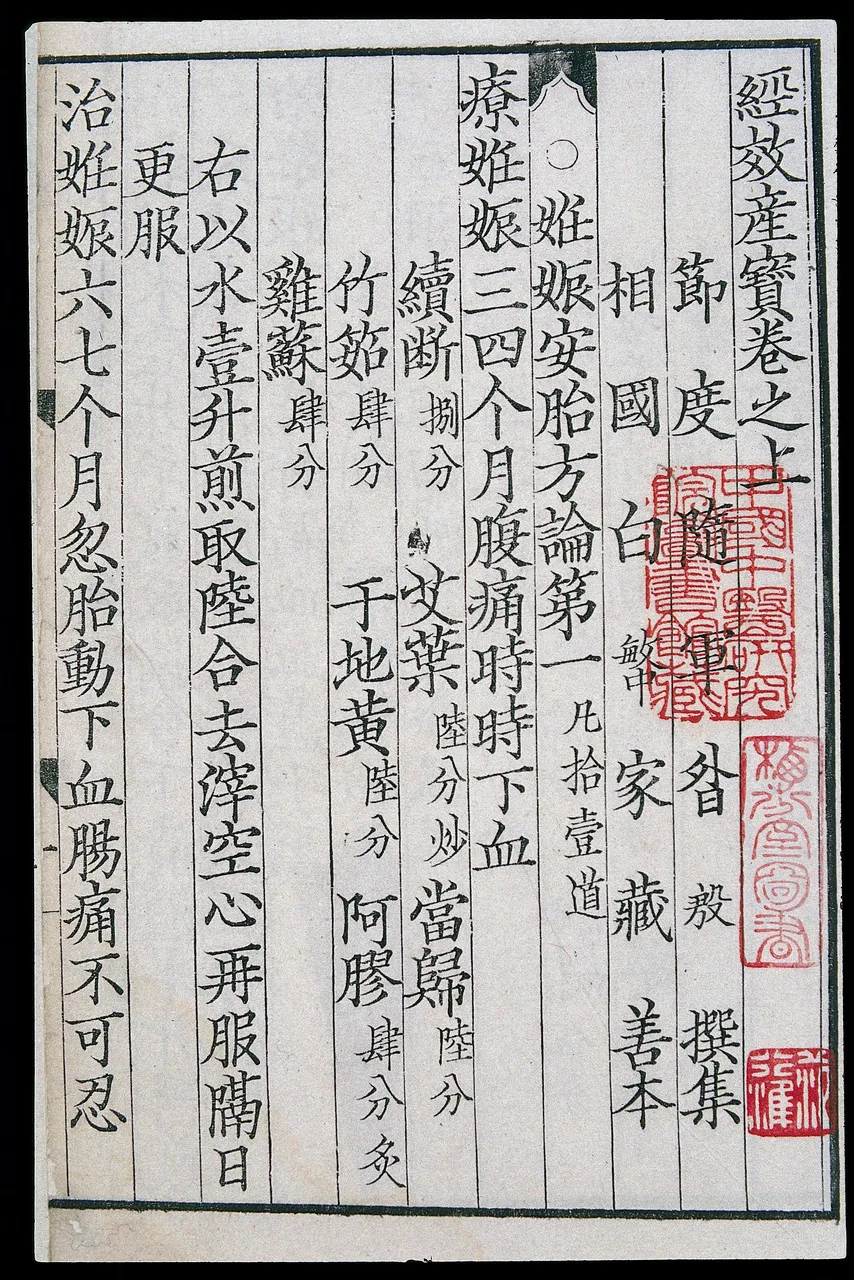
Chinese obstetrics text, Woodblock print.
Source: Wellcome Collection under CC 1.0
The content of the first volume covers topics such as: nourishing and protecting the fetus, miscarriage, threatened abortion, and hemorrhage. The second and third volumes give detailed discussions on gestation, parturition, postnatal care, diseases, prescriptions, and therapy. The section on therapy talks about the same types of treatment that are still prescribed today, such as tonifying the Qi, nourishing blood, and supplementing the Spleen and Kidneys.
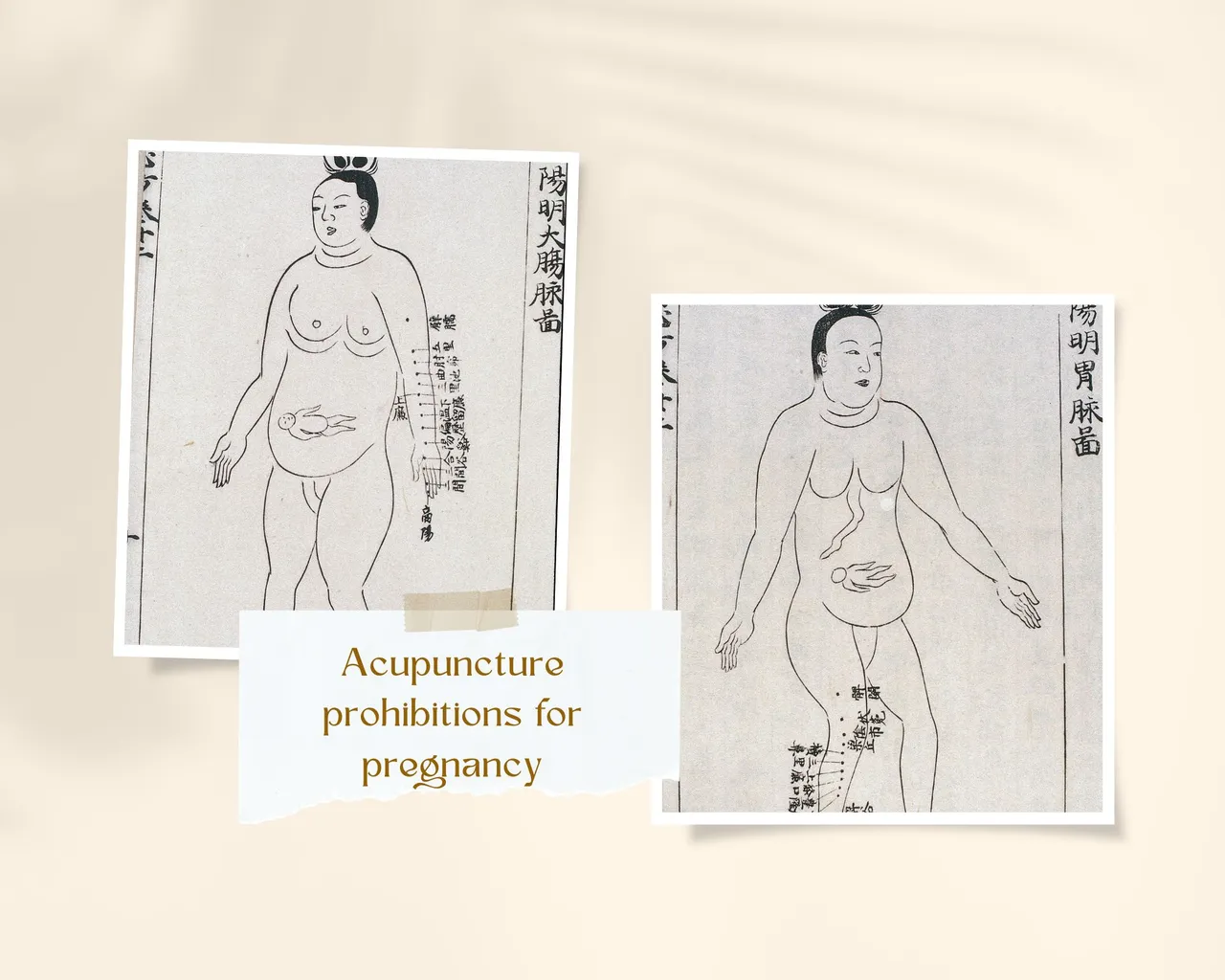
Acupuncture Prohibitions for Pregnancy.
Source: Wellcome Collection under CC 1.0
In Summary
Since the time of Zan Yin there have been many advances in the field of gynecology as it is practiced in TCM. In modern clinics we integrate both Eastern and Western medicine into a comprehensive understanding of women’s health, which includes many new diseases that weren’t seen in earlier times. Today, we treat with great efficacy everything from menstrual irregularities, menopausal symptoms, fibromyalgia, osteoporosis, to infertility, PCOS, endometriosis and candida.
Today, we have many more diagnostic tools than before that we can use in consort with TCM diagnosis such as, imaging technologies and the use of blood chemistry panels. By combining the proven methods from both the past and the present we are able to improve our diagnosis and create more effective and individualized treatment plans, which lead to better patient outcomes.
TCM provides a natural, non-invasive, and a more holistic approach to women’s health, which focuses on bringing the bodies systems back into a homeostatic state. This can include balancing the peripheral nervous system (sympathetic and parasympathetic), the endocrine system and its hormones, restoring balance to metabolism, re-establishing a healthy ecosystem in the gut, fine tuning the immune system, resynchronizing communication between all systems; and of course, bringing harmony to the body, mind and spirit. In essence, TCM provides all the necessary knowledge and tools to transform a woman’s life into an affirmative lifestyle regime that promotes health and longevity.
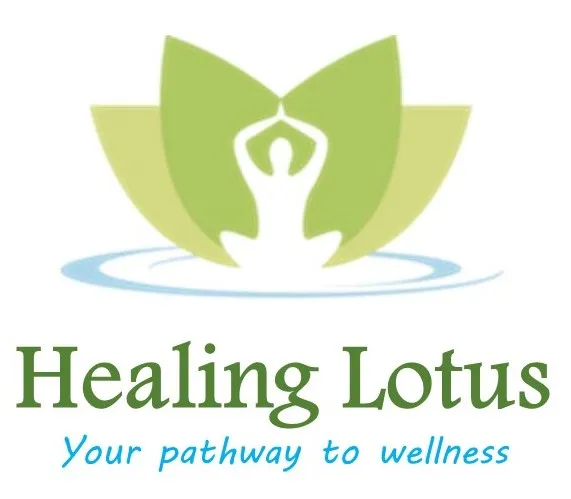
Thanks for taking the time to read! If you have any questions, just shoot me a message.